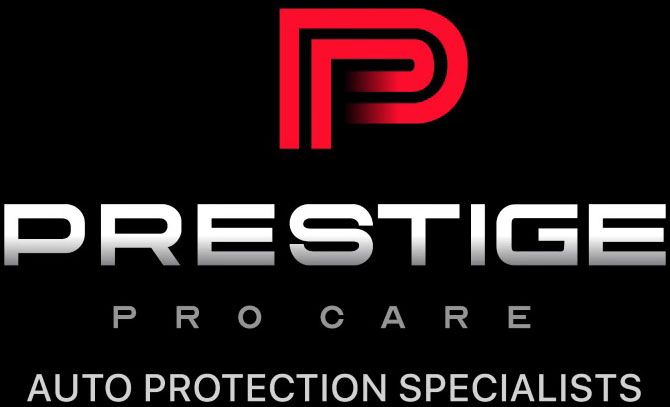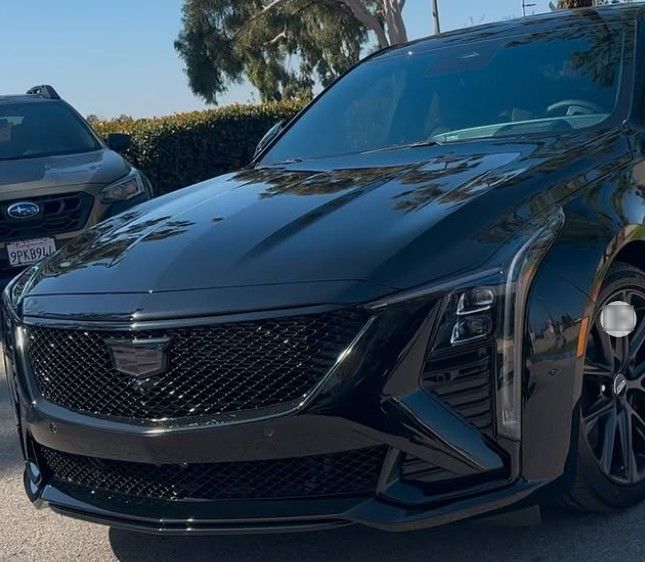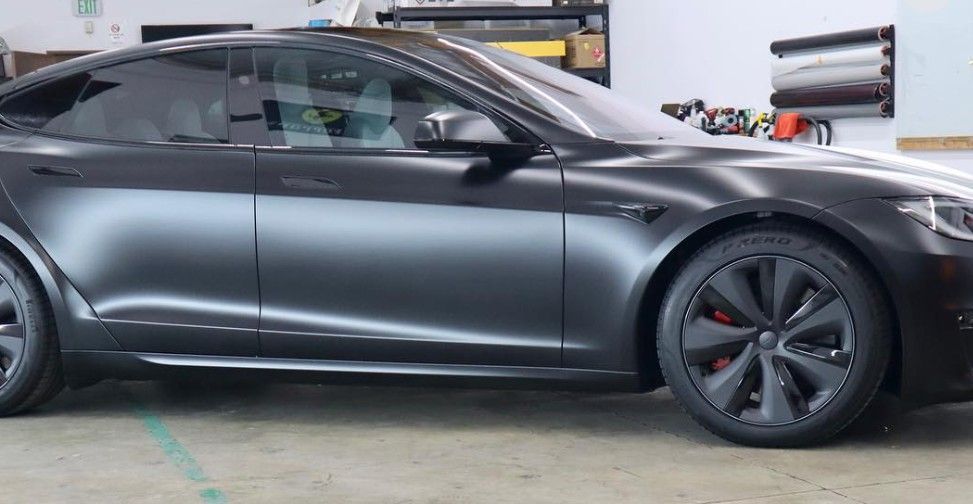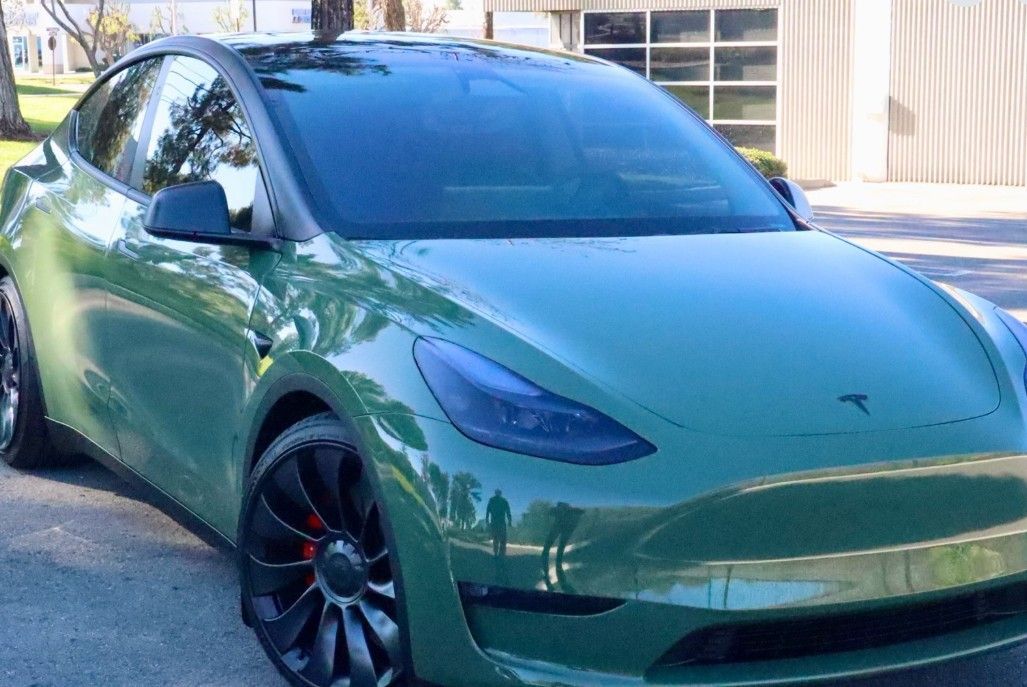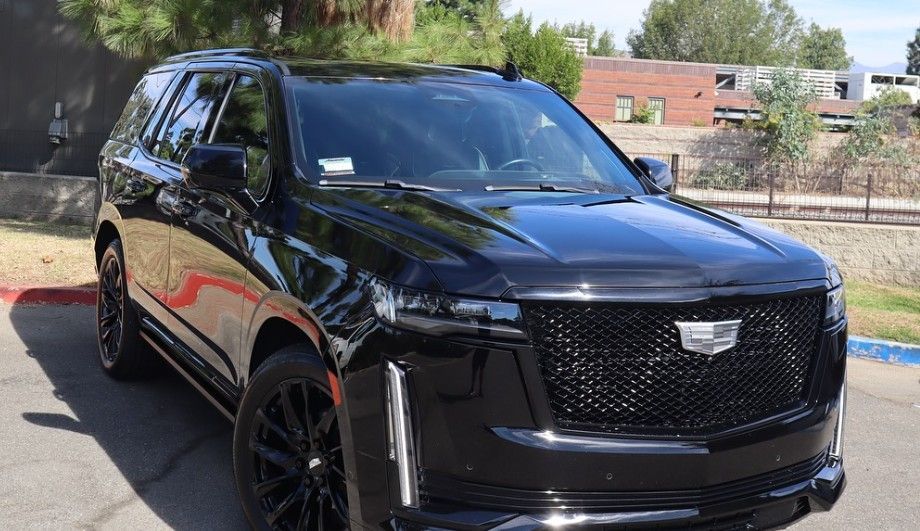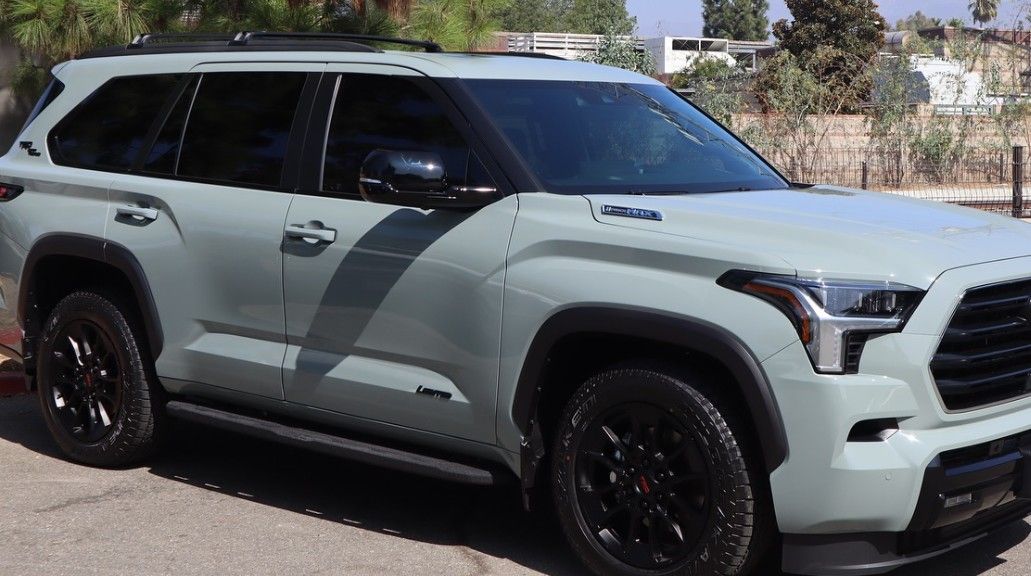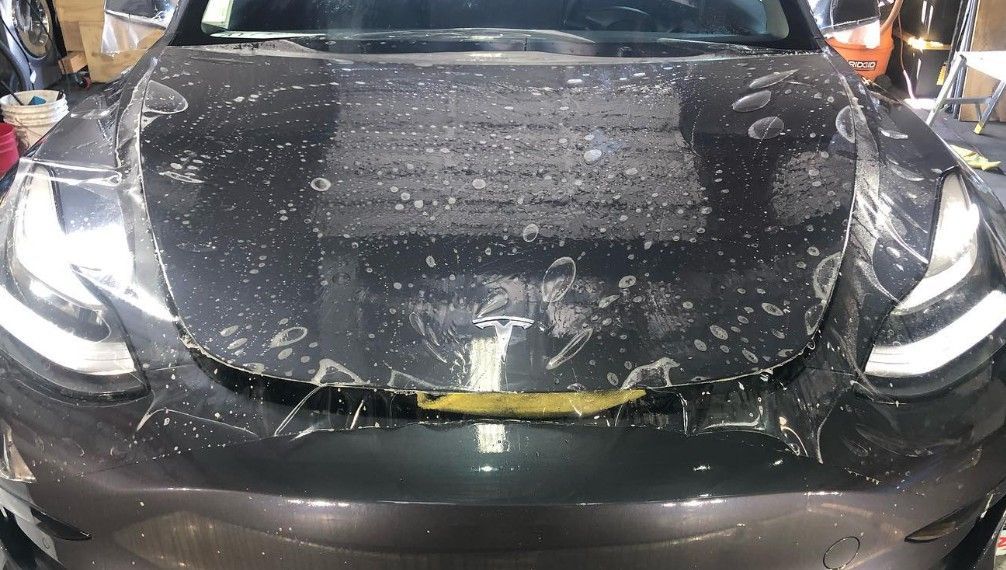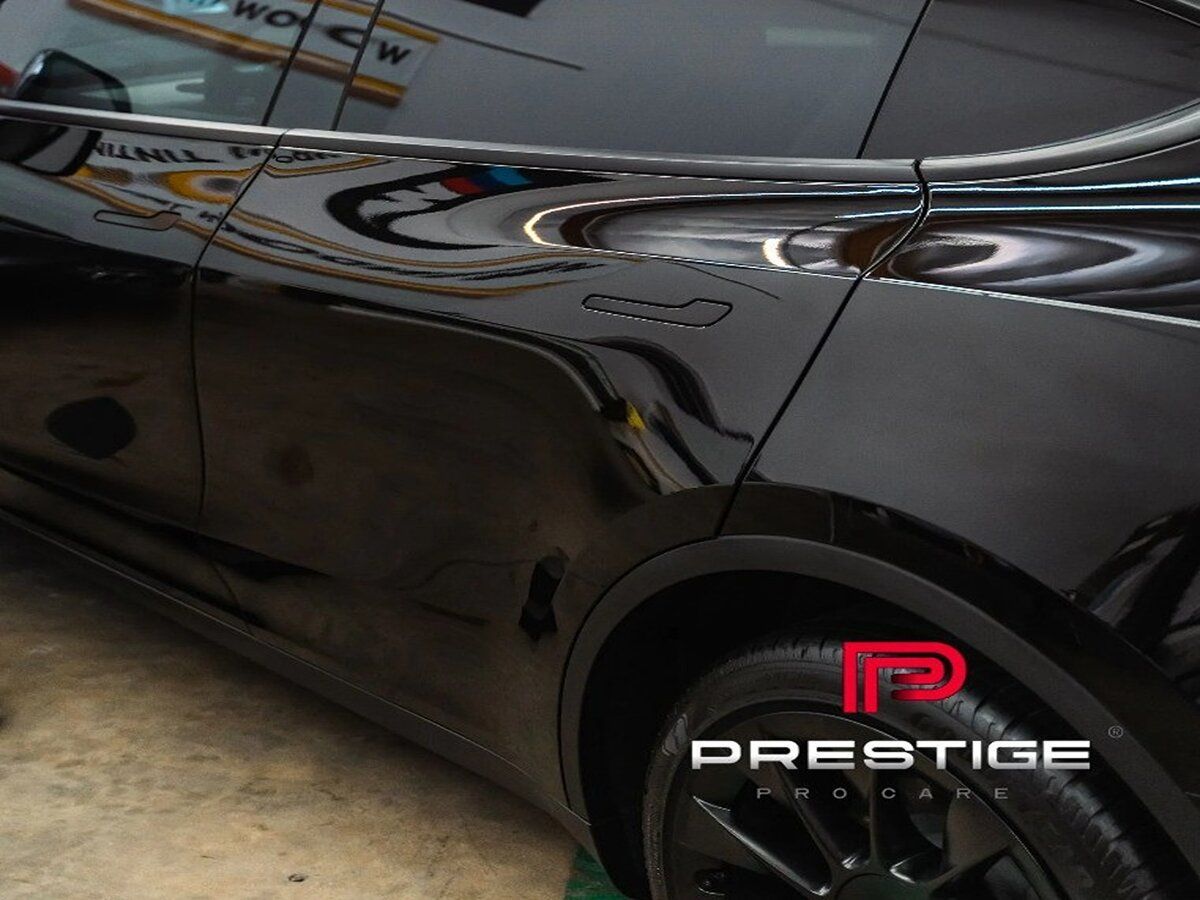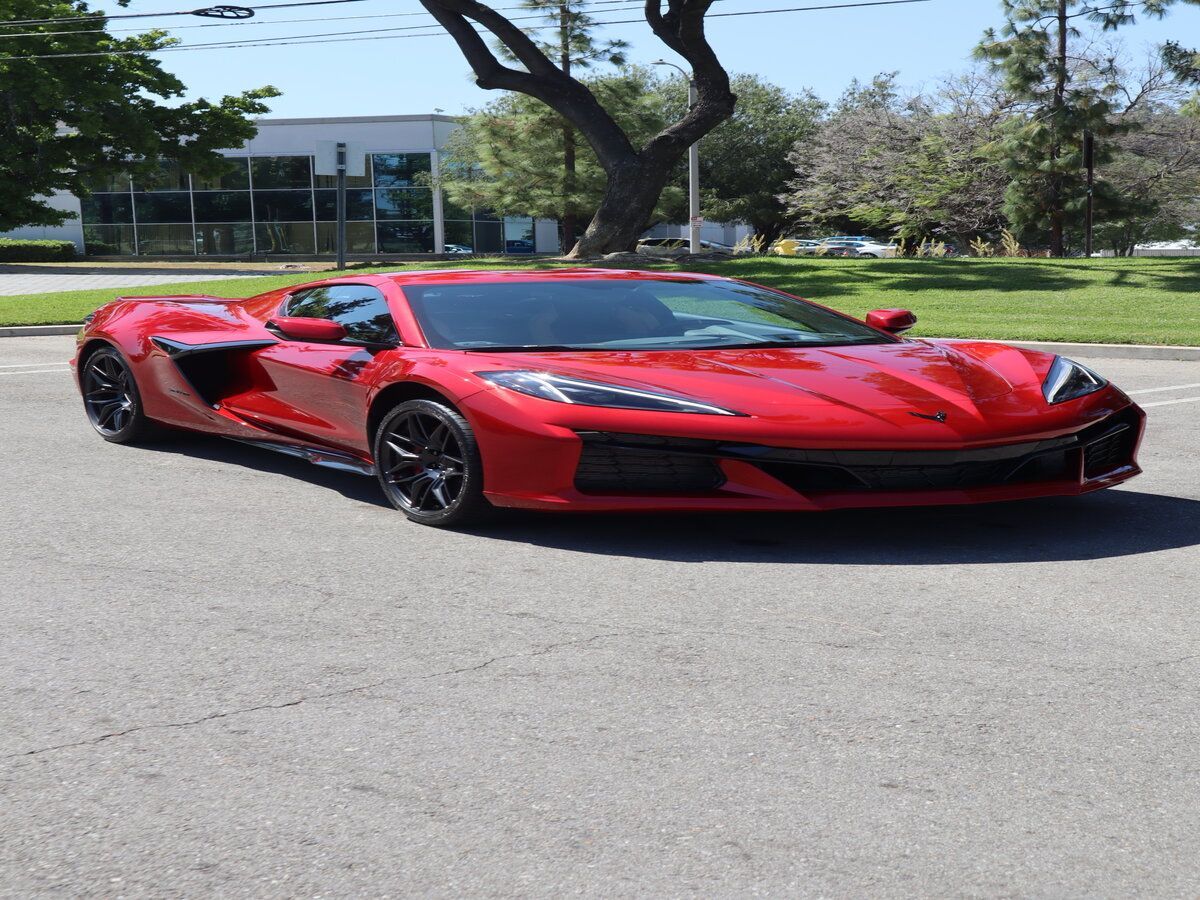Whether you're the proud owner of a brand-new car or a seasoned driver with a well-loved vehicle, you've probably heard of paint protection film (PPF). This thin, transparent layer of film is designed to shield your car's paint from the hazards of the road, and it has become a popular choice among car enthusiasts and everyday drivers alike. But is PPF a good idea? Let's dive in.
First and foremost, PPF offers an extra layer of defense against common paint-damaging elements. From rock chips and road debris to bug splatters and bird droppings, PPF acts as a barrier, absorbing the impact and preventing unsightly damage to your car's finish. It also helps protect against UV rays, which can cause paint to fade over time.
Furthermore, PPF is nearly invisible when properly applied, preserving your vehicle's aesthetics. Unlike some alternatives, it won't alter the appearance of your car. Plus, it's self-healing, meaning minor scratches and swirl marks can disappear with exposure to heat.
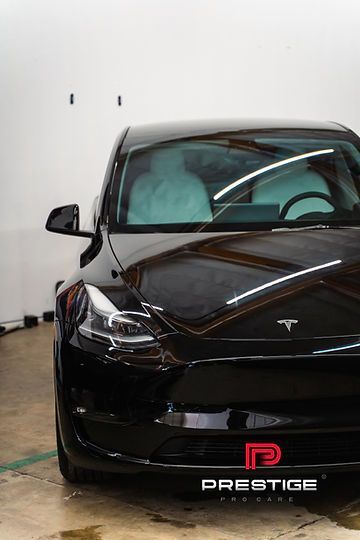
However, there are some considerations to keep in mind. PPF installation can be a bit pricey, and its effectiveness largely depends on the quality of installation. Cheap or poorly installed PPF may not provide the level of protection you desire.
In conclusion, paint protection film can be a great investment to safeguard your car's paint and maintain its resale value. Just be sure to choose a reputable installer and understand that it's not a foolproof solution but rather a valuable line of defense in the battle against wear and tear. Ultimately, the decision to invest in PPF comes down to your priorities and budget, but for many, it's a smart choice that pays off in the long run.
